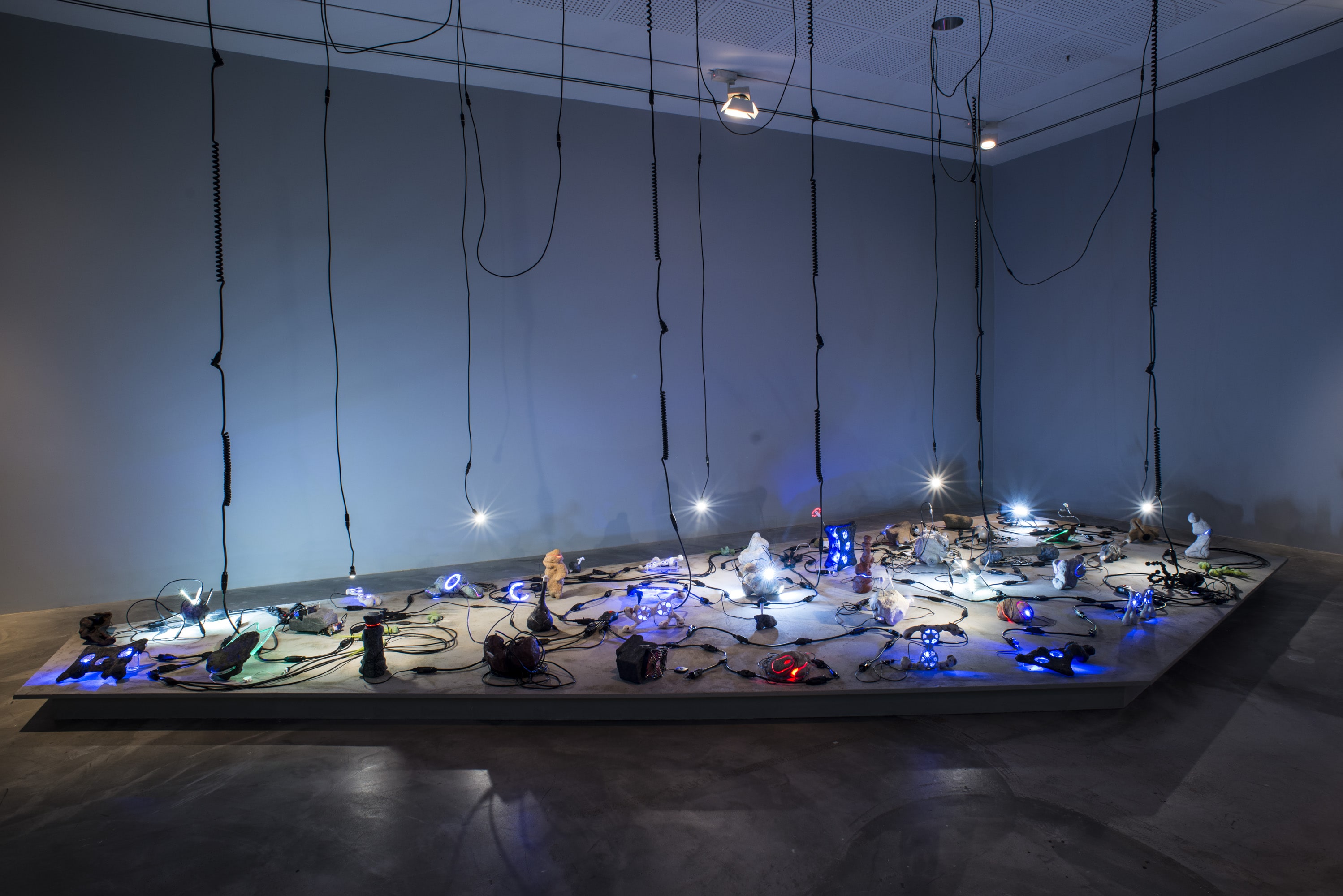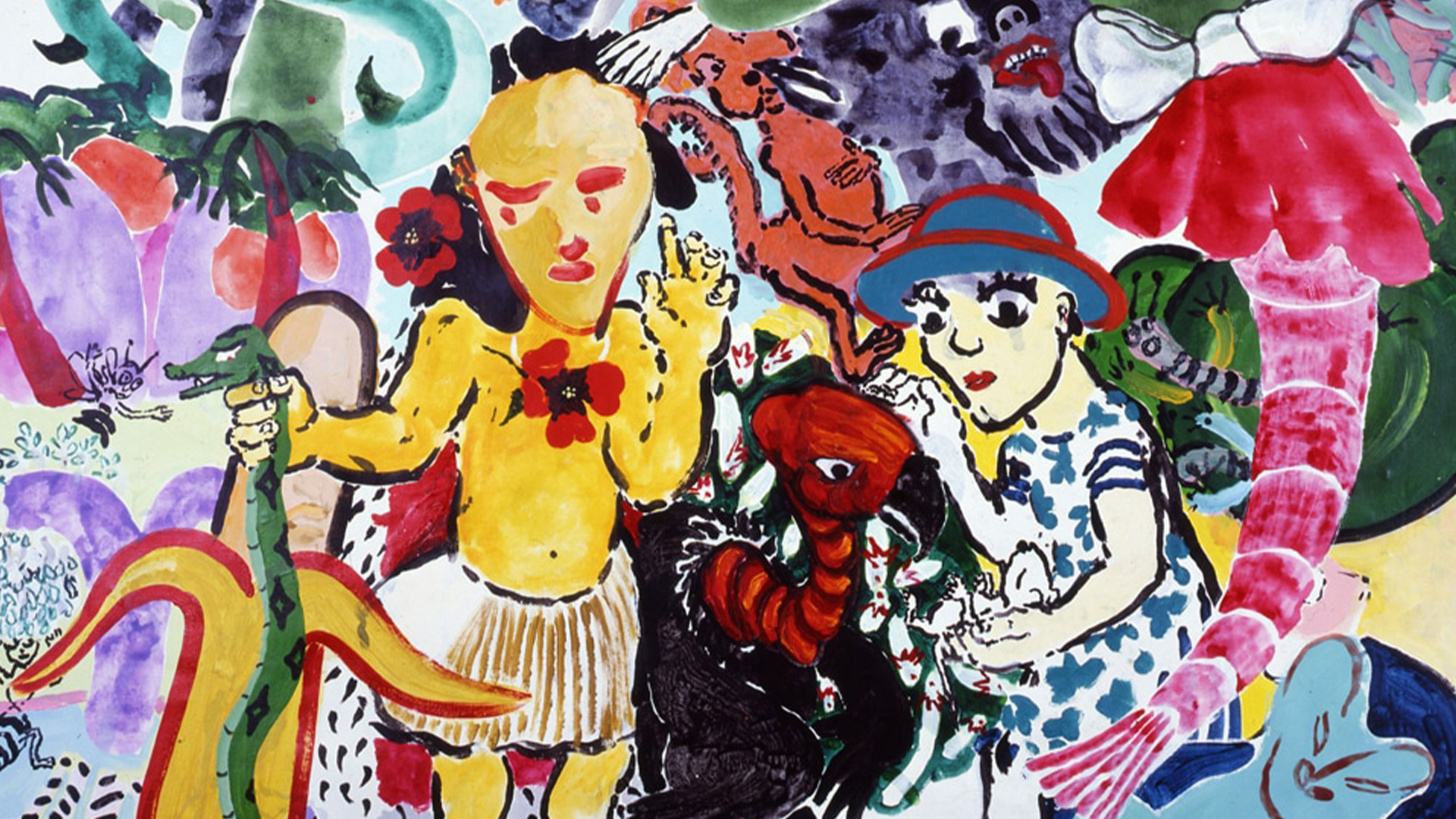Director: Vittorio De Seta
Cast: Michele Cossu, Peppeddu Cuccu, Vittorina Pisano
Italy, 98, 1961, black & white
Italian with Turkish subtitles
Vittorio De Seta, a long-time documentarist, turned to feature film with this low-budget drama, acted entirely by an amateur cast of Sardinian peasants. Peppeddu Cosso is quite capable in the lead as a shepherd wrongfully accused of criminal behavior. To escape persecution, the shepherd runs away, taking his flock with him. In a bit of self-fulfilling prophecy, however, the untimely death of his sheep pushes the poor man into a real life of crime, as he is forced to steal in order to survive.
Trailer

He didn’t expect this from me. And I hadn’t expected that we would decide to get married that day, at that moment. Everything happened all of a sudden, but exactly like it was supposed to happen in our day. We thought of the idea of marriage simultaneously, we smiled simultaneously, blinking and opening our eyes in unison.

While Paula Rego belatedly was recognised as one of the leading feminist pioneers of her age, little has been written about her exploration of fluid sexuality. Indeed the current of sado-masochism in her drawings and paintings, has tended to encourage an understanding as a classic clash between the patriarchy and exploited women.
Tuesday - Saturday 10:00 - 19:00
Friday 10:00 - 22:00
Sunday 12:00 - 18:00
The museum is closed on Mondays.
On Wednesdays, the students can
visit the museum free of admission.
Full ticket: 300 TL
Discounted: 150 TL
Groups: 200 TL (minimum 10 people)